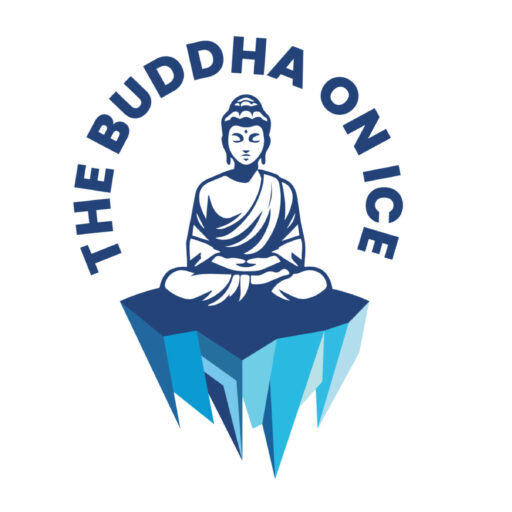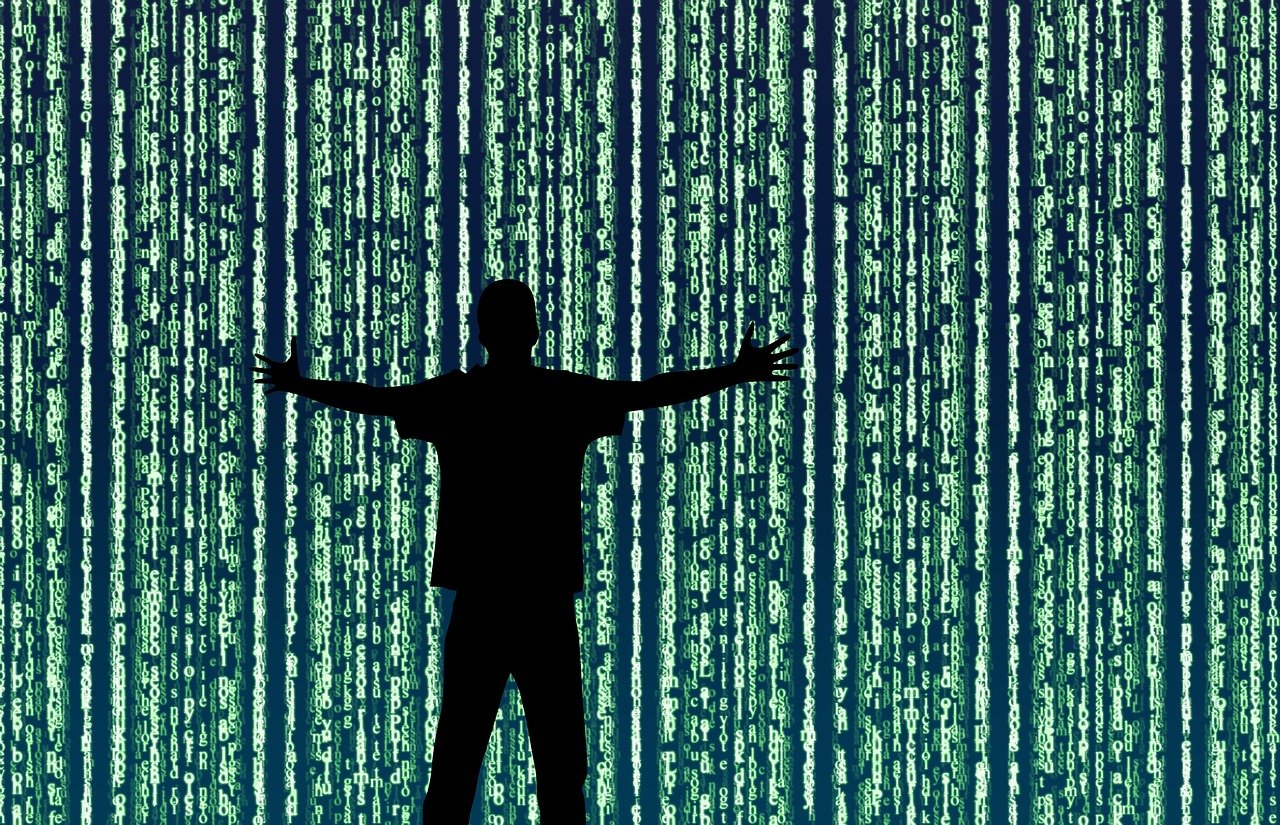Keanu Reeves is a Buddha. Well, not really, but he did play one on TV! Reeves played Prince Siddhartha in the 1993 film “Little Buddha” and the film he’s most know for, “The Matrix“, is littered with metaphors for Buddhist teachings. In one of the most famous scenes in the film Reeves’ character, Neo, is forced to choose between the red pill and the blue pill. The red pill will break him free of the Matrix and push him into reality. The blue pill will allow him to continue to live a life of fantasy within the Matrix. This iconic scene is a powerful learning experience for both Neo and the viewer. Neo learns that the world he perceives is not reality while the Dharma-minded viewer can see an allegory for the Buddhist concepts of Absolute and Relative Truth.
What is Relative and Absolute Truth?
There are two types of truth according to Buddhist doctrine: Relative truth and Absolute Truth.
Relative Truth
Relative Truth is often described as a “lesser” truth. It is the culmination of all dualistic phenomena: our “self”, other beings, emotions, material objects, emotions, and also thoughts and labels we apply to the world around us. It’s all the pieces that make up our day-to-day lives. We base our perception of this truth on dualistic phenomena, often called maya or illusions. Their existence is based on the misinformed belief that these things are all separate or independent. Relative Truth is a construct of our minds. The Buddhist concept of Relative Truth is succinctly summarized in a scene where a child, known as spoon boy, appropriately adorned in Buddhist robes tells Neo:
“Do not try and bend the spoon. That’s impossible. Instead, only try to realize the truth: there is no spoon. Then you’ll see that it is not the spoon that bends. It is only yourself.”
–Spoon Boy
Absolute Truth
Absolute truth is the pure reality that exists beyond dualism. It is the true nature of all relative phenomena. Mahayana Buddhists call Relative Truth emptiness or interdependence. Absolute Truth is reality beyond all dualism. It is things as they truly are, in their purest form. While Relative truth is constructed out of our perception and can be described through our experiences, Absolute truth is indescribable and can only be experienced. Morpheus describes the Matrix and real world in similar terms in his famous Red vs. Blue pill speech:
The Matrix is everywhere, it is all around us. Even now, in this very room. You can see it when you look out your window, or when you turn on your television. You can feel it when you go to work, or when go to church or when you pay your taxes. It is the world that has been pulled over your eyes to blind you from the truth…That you are a slave, Neo. Like everyone else, you were born into bondage, born inside a prison that you cannot smell, taste, or touch. A prison for your mind. Unfortunately, no one can be told what the Matrix is. You have to see it for yourself. This is your last chance. After this, there is no turning back…You take the blue pill and the story ends. You wake in your bed and believe whatever you want to believe. You take the red pill and you stay in Wonderland and I show you how deep the rabbit-hole goes. Remember — all I am offering is the truth, nothing more.
–Morpheus
The Matrix and machine worlds are suitable metaphors for both truths. Yet they don’t fully explain the relationship between Relative and Absolute truth. There are other Buddhist concepts, such as interdependence, Karma and the Middle Way that are necessary to fully realize truth.

What The Matrix Didn’t Teach You About Relative and Absolute Truth
At a surface level the Matrix and Machine worlds may seem like a great metaphor for Buddhist Relative and Absolute truth. In some ways it is. It illustrates the difference between the two truths. The Matrix represents Relative truth and the machine world represents Absolute truth. However, the Buddhist perspective is more complex and not reduced to dualistic terms.
The Middle Way Enters The Matrix
To truly understand the concept you must approach it from the Middle Way. In contrast to Morpheus’ harsh black and white thinking, the famous Buddhist monk and philosopher Nagarjuna believed that to understand each truth, and reality, you must view the world from both perspectives. Nagarjuna claimed that Samsara and Nirvana were both mental constructs. If you view the world through only Relative truth, it is empty. If you view the world from the perspective of absolute truth the world is Nirvana. He argued there is no difference between the two. This is the point where Morpheus misses the mark. In contrast to Nagarjuna’s philosophy, Morpheous expresses Relative and Absolute truth in dualistic truths. There is the Matrix and the Machine world. He explains them as separate entities. The truth is that, by and large, there is an interconnectedness between the two.
Interdependence and Karma as The Intranet of The Matrix
The humans in the Matrix act as the batteries that power the Matrix. Their existence in the Matrix is therefore dependent on their existence in the machine world. Without the human’s presence in the machine world the Matrix could not exist. There is a Middle Way and interdependence between the two. They are not completely separate. Their existence depends on each other. While it’s true that the objects and experiences within the Matrix are constructs, there is an underlying cause and effect, or Karma, that allows the Matrix and humans in the machine world to exist. The constructs within the Matrix are created by programming based in the machine world.
This is similar to the relationship between Absolute truth and Relative truth in Buddhism. While the Relative truth may simply be a construct of the machine world the two cannot exist independently. Without the Absolute truth in Buddhism there can be no Relative truth for beings to ascribe meaning to. Morpheus believes the human experience within the Matrix is suffering. However, this suffering in the Matrix is dependent on the Absolute suffering in the Machine world. By taking a less dualistic approach the viewer can see that there is suffering in both worlds. The Middle way reveals the actual Absolute truth. That the suffering humans in the Matrix are experiencing is therefore the effect of the suffering they are experiencing in the machine world. The suffering they are experiencing in the machine world is the effect of the illusion that is the Matrix. They are interdependent.
Down The Rabbit Hole of The Matrix and Buddhist Teachings
Although it may be true that the Matrix and Machine worlds are metaphors for Relative and Absolute Truth you must look deeper to truly understand the concepts. The film provides viewers the first step on the path to enlightenment. We achieve a complete view only when we incorporate other Buddhist teachings There are many other metaphors in The Matrix. Many people claim Morpheus represents a Mahayana bodhisattva, an individual who postpones their own enlightenment to ensure that all beings are liberated. We see this in his quest to find “The One” that will destroy the Matrix so that they can bring enlightenment to all humans currently trapped in the Matrix. We’ll explore this and other concepts in future posts.

